Doctor Who episodes are not the cheapest thing in the world, and the budget has always been a factor for the production team, even today. In this piece, we look back at some of the series’ most “cost effective” episodes, and how they became some of the most imaginative in the show’s history…
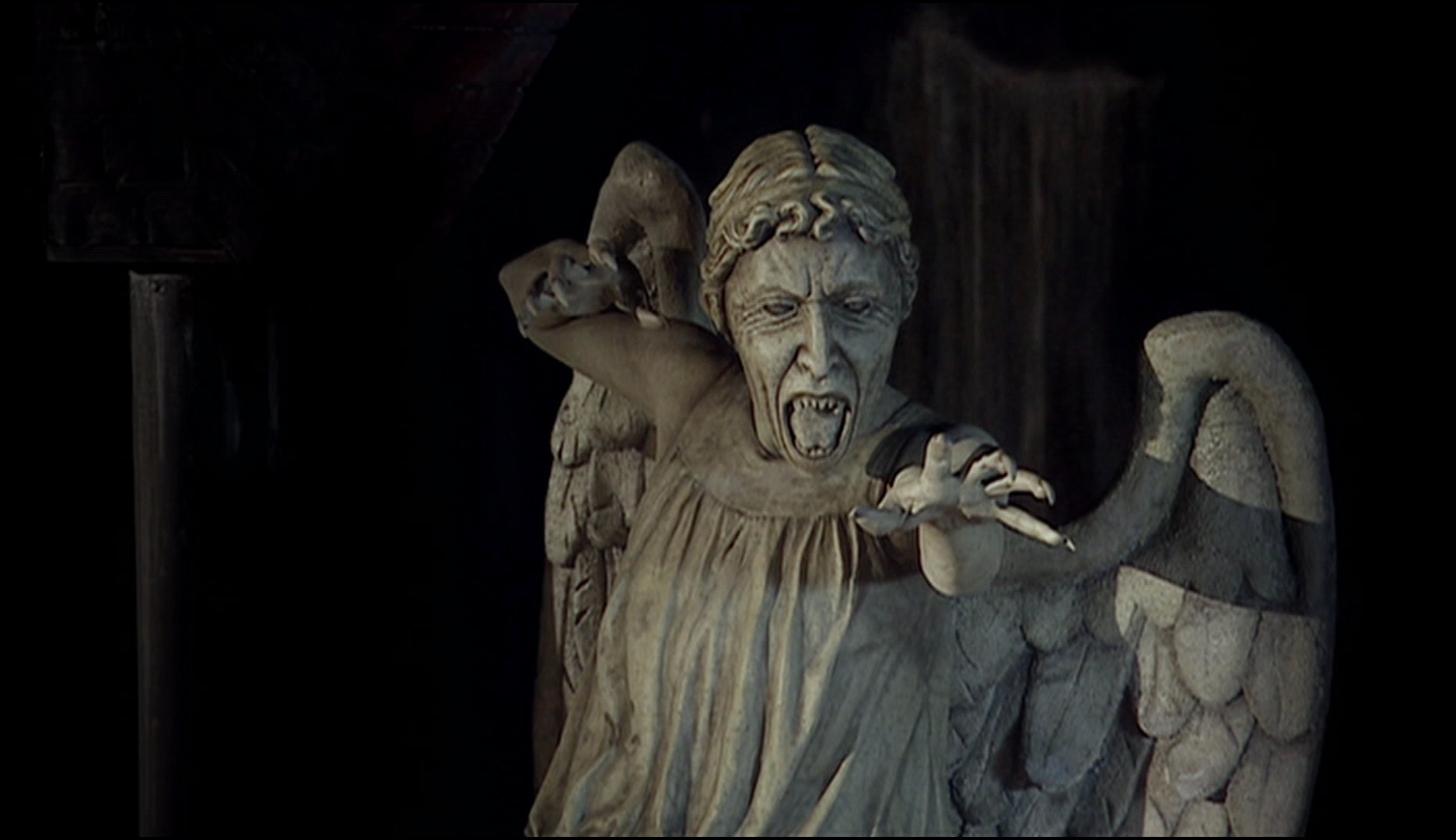
1) The Edge of Destruction
This two part story from Doctor Who‘s first season certainly had a tight budget, being constrained to just the TARDIS set and the cast of four regulars. This was because, initially, Doctor Who had only been commissioned for 13 weeks, and the production team couldn’t assign a huge budget to a show that could be on “the brink of destruction.” But how were they supposed to spin out a gripping yarn over the course of 2 x 25′ Doctor Who episodes?
The answer, of course, is develop an enemy that the audience can’t see, and to manufacture drama out of the uncertainty. In ‘The Edge of Destruction,’ the TARDIS crew have been knocked unconscious after a violent explosion buffeted the vessel. They awake in a daze, unsure and confused. Did something enter the TARDIS while they were asleep? Is some malignant force trying to take control of their minds?
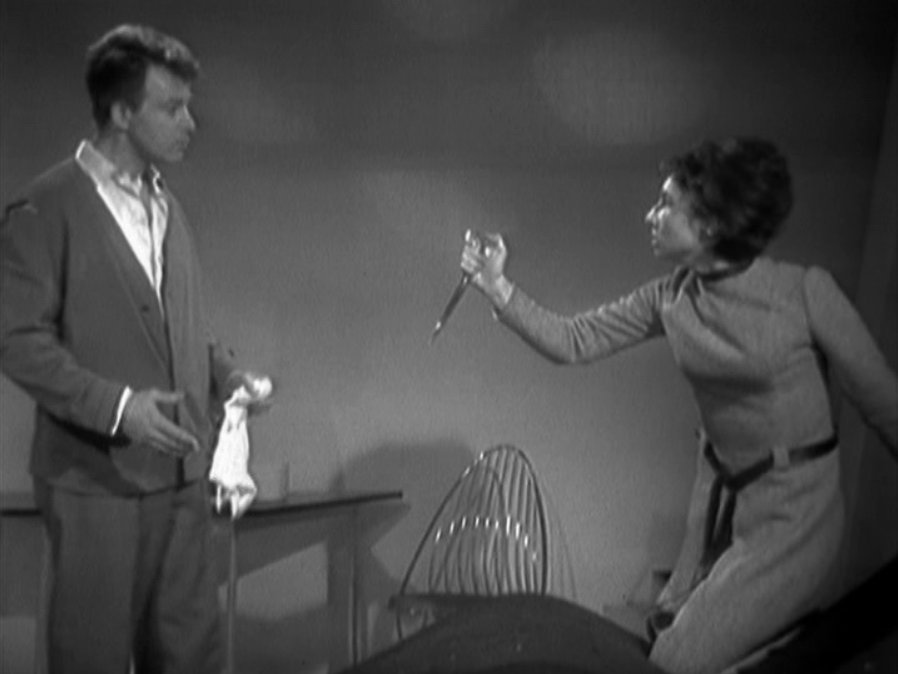
We won’t spoil these Doctor Who episodes if you haven’t seen them, but ‘The Edge of Destruction’ is an excellent example of “creativity under pressure.” With so little to work with, the writer David Whitaker penned a script that made much with very little, chillingly realised by the principal cast. Indeed, the scene where Susan goes berserk and attacks her bed with a pair of scissors is particularly disturbing…
2) Time-Flight
It’s no secret that 1984’s ‘Time-Flight’ is far from a fan favourite. These Doctor Who episodes came at the very end of Season 19 with very little money in reserve and, to make matters worse, ‘Time-Flight’ was one of the most ambitious adventures the production team had ever attempted. This was because the whole plot revolved around time-travelling Concordes which were whisking hapless passengers back to the Pleistocene Era.
And even with the biggest budget in the world, these Doctor Who episodes would have struggled. To have convincing visual effects shots of Concorde touching down on barren, pre-historic landscapes would have been difficult even for the visual effects wizards of Industrial Light and Magic with millions of dollars at their disposal. Remember, this was in a time before complex CGI.
But do these Doctor Who episodes succeed despite these restrictions? The general consensus among fans is no. However, what ‘Time-Flight’ should be recognised for is its effort. Indeed, the BBC managed to not only secure filming in the terminals of Heathrow, but to use actual Concordes – and film inside them! Moreover, its “exterior shots” of pre-historic Earth (all realised in the studio) were as good as they could have possibly been in 1984, with the designers opting for painted backdrops, glass shots and atmospheric mist to try and create a convincing landscape. Even if it doesn’t entirely succeed.
These Doctor Who episodes, then, are never going to win any awards, but they surely deserve full marks for trying.
3) Blink
In the modern era of Doctor Who, it became traditional to produce what became known as “Doctor-lite” Doctor Who episodes – that is, episodes which hardly featured the Doctor at all, such as 2006’s ‘Love & Monsters.’ This came about, in part, because of the budget; it’s standard practice in TV production to have “bottle” episodes that can be produced inexpensively.
But in Doctor Who‘s case, it also helped with the scheduling. By having Doctor Who episodes that were devoid of the principal cast members, the production team could shoot multiple episodes simultaneously, thus working to a tighter schedule.
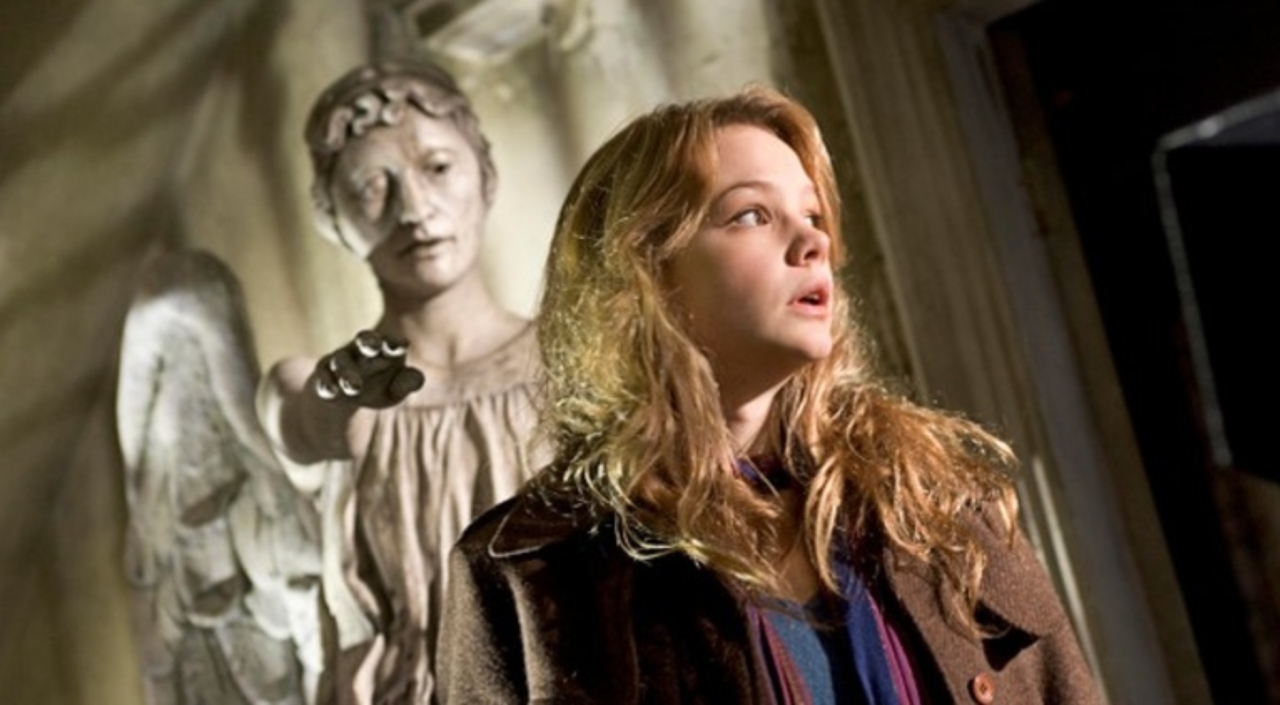
And with 2007’s ‘Blink,’ the writer Steven Moffat was determined to produce something as good as any of the other Doctor Who episodes – despite the fact that David Tennant would be absent for most of it. Ironically, he actually went on to produce one of the most popular adventures of all time; you may recall that ‘Blink’ was the first in the series’ history to feature the terrifying Weeping Angels, who have gone on to become one of the show’s most enduring baddies, returning most recently in Doctor Who: Flux.
And even though the Tenth Doctor is mostly missing in this episode, he is also ever-present. Much of ‘Blink’ revolves around a mysterious DVD Easter egg which is actually a lengthy recording made by the Time Lord and his companion Martha. But why is it there, and what is it for? The answer to these questions is clever (to put it mildly) and is Doctor Who at its wibbly-wobbly, timey-wimeyest best.
In short, watch this episode closely. Don’t turn your back. Don’t look away. And don’t blink. Good luck.
4) Midnight
By the time Doctor Who Series Four came around, the production team had tweaked the idea of having “Doctor-lite” episodes. Instead of having a single episode that was largely devoid of both Doctor and companion, for Series Four they split them up – ‘Turn Left’ would star Donna Noble and would be mostly Doctor-less, whilst ‘Midnight’ would be Donna-less and star just the Doctor.
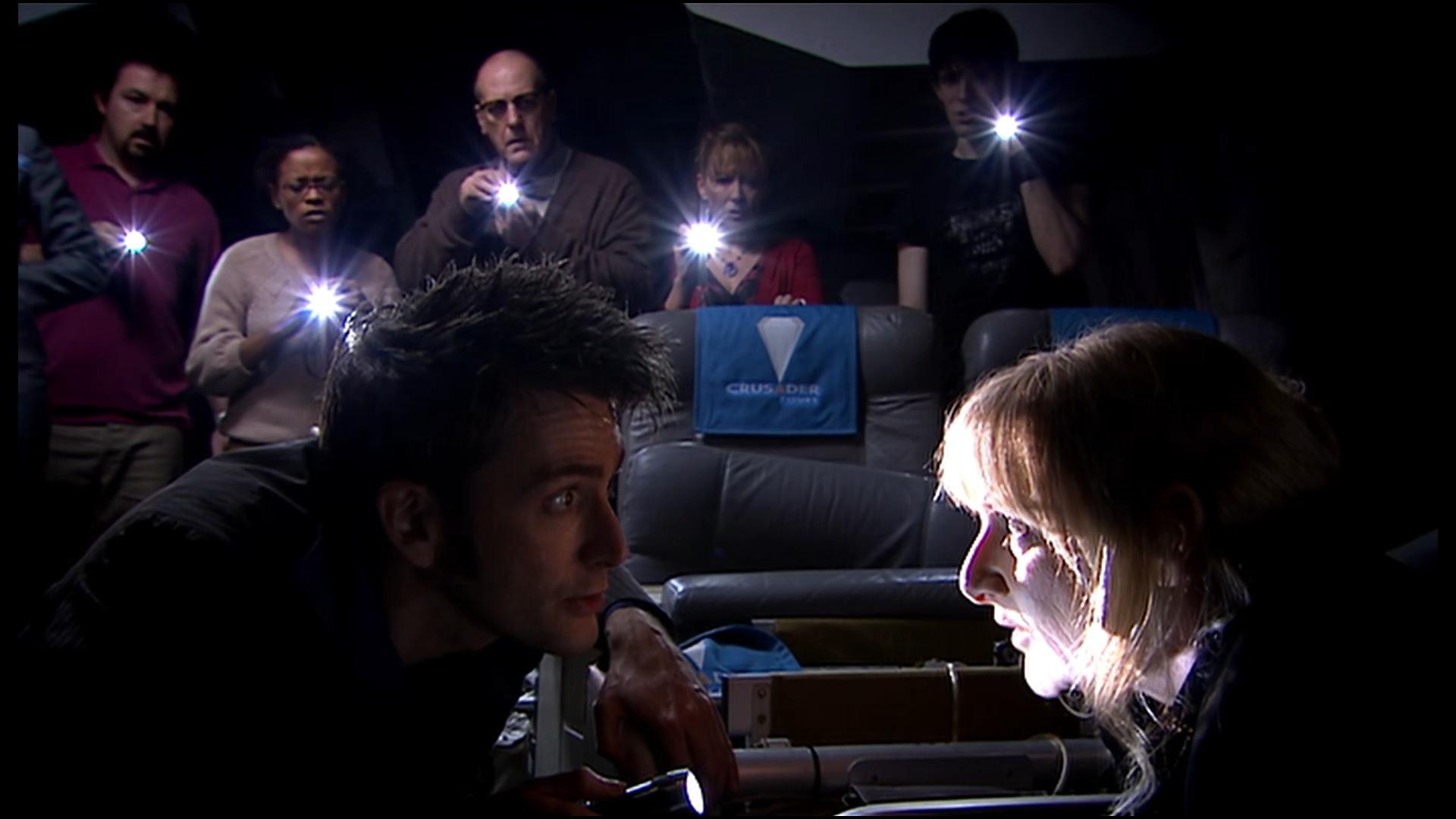
These Doctor Who episodes both shine in various ways, but in the case of ‘Midnight’ one of its most impressive features is its single set. Like ‘The Edge of Destruction,’ this episode is more akin to a piece of theatre than television – and that is no bad thing. It all revolves around a small group of stranded travellers, trapped inside a vehicle on the diamond planet of Midnight. And there’s an alien trying to get in. And there’s an alien trying to get in.
Are you frightened yet? Are you frightened yet? Okay, we’ll stop. (It’ll make sense when you see it.) With ‘Midnight,’ Russell T Davies devised a compelling, character-driven script that revolved around human psychology and the horror of the unknown. It’s a strong example of how to produce much with very little. You should watch it. You should watch it.
5) Heaven Sent
Now, we’ve all heard of Doctor Who episodes in which the Doctor never appears, but what about a Doctor Who episode that features no one but the Doctor? Even before its transmission, ‘Heaven Sent’ garnered something of a reputation; fans were intrigued to see how writer Steven Moffat could deliver a 50 minute Doctor Who script that was performed solely by the Twelfth Doctor Peter Capaldi.
And like ‘Midnight,’ ‘Heaven Sent’ operates on a simple premise: the Doctor is trapped in a mysterious castle, and he must find out what it is, why he is there and how to escape – with no one to talk to but himself.
Well, kind of. ‘Heaven Sent’ isn’t technically a one-hander when you factor in the mysterious Veil (a mute creature that stalks him throughout the episode) and Clara Oswald, who makes a couple of fleeting appearances inside the Doctor’s mind. But other than that, this episode is driven purely by Peter Capaldi, and it is now regarded as one of the series’ great classics.
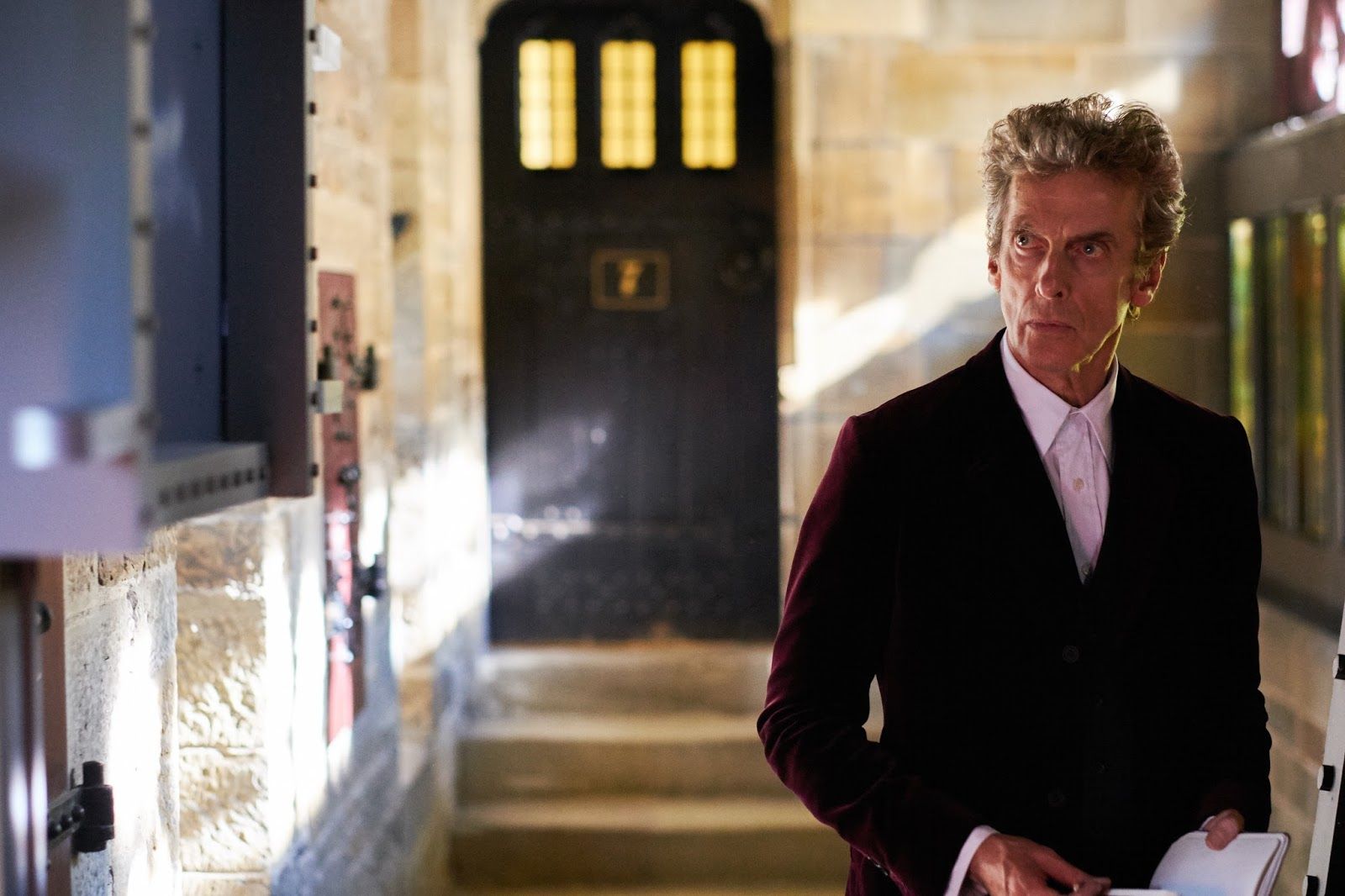
And whilst we may forever have questions about how the Doctor’s clothes ended up by the fire, and why Room 12 never reset, ‘Heaven Sent’ proves that Doctor Who episodes shine on the strength of their scripts and their actors, and not necessarily the budget.
Of course, these aren’t the only “budget” Doctor Who episodes. Let’s not forget that Seasons 25 and 26 operated with particularly tight purse strings, with the producer John Nathan-Turner cannily arranging the schedule so that two stories per season were completely location-based. And then there is ‘Fear Her’ and semi-Doctorless episodes such as ‘The Girl who Waited’ and ‘Flatline.’
Which is your favourite of the “bottle” Doctor Who episodes? Let us know in the comments below!

Doctor Who bag – order now from the Lovarzi shop!
Shop on Amazon
Latest news
- The Reality War: The story behind the Fifteenth Doctor’s regeneration
- What would a Doctor Who missing episodes drama be like?
- Wish World: Another alternate reality story for the Doctor
- Doctor Who history: The Doctor’s silliest moments
- Doctor Who: The most shocking moments from The Interstellar Song Contest








Leave a Reply